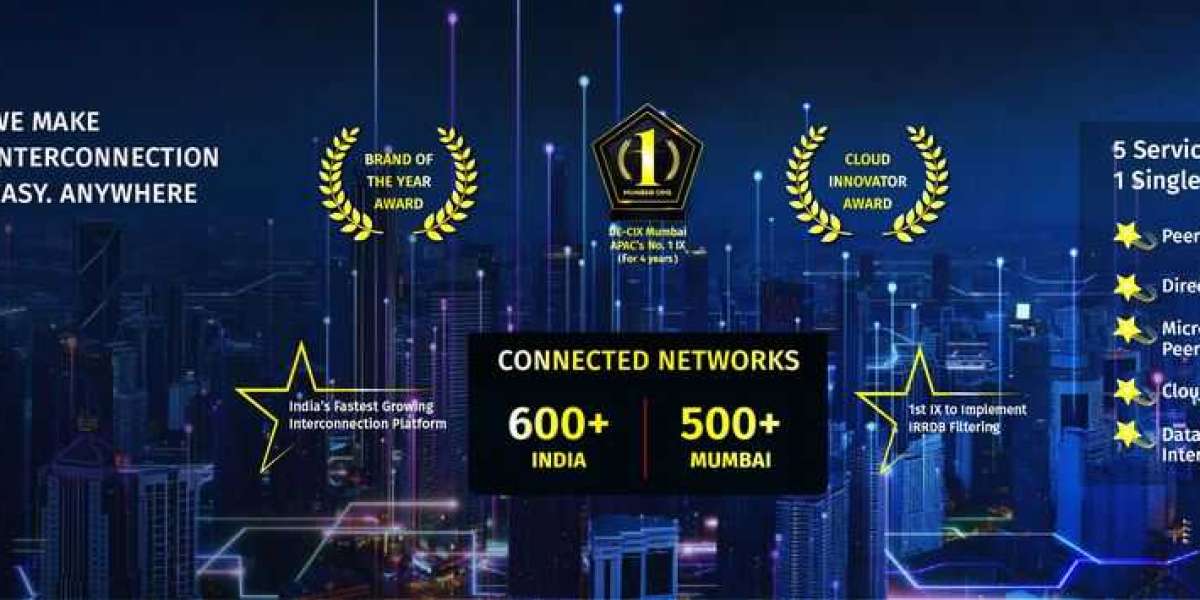With the explosion of internet usage across India, particularly driven by Over-the-Top (OTT) platforms, cloud services, and online gaming, network infrastructure has become more critical than ever. The northern region of India, especially Delhi and its surrounding areas, is witnessing unprecedented digital growth. At the center of this transformation is the Peering Hub in Delhi, serving as a digital backbone for businesses and content providers looking to deliver faster, more efficient services to end users.
The Need for a Local Internet Exchange Point
As more users in North India stream HD content, play multiplayer games, and access real-time cloud applications, latency and bandwidth become crucial performance factors. Relying solely on traditional transit routes often means traffic has to travel longer paths, sometimes even going to other cities before reaching its destination — leading to delays and degraded user experience.
This is where a local Internet Exchange Point in Delhi changes the game.
By exchanging traffic locally through peering, ISPs, content delivery networks (CDNs), cloud providers, and OTT platforms can directly connect, minimizing hops and latency. The DE-CIX Peering Hub in Delhi allows these entities to interconnect and exchange traffic efficiently, ensuring that content reaches users faster and more reliably.
Why OTT Platforms and Gaming Companies Are Peering in Delhi
According to a 2023 study on regional content consumption in India, there’s a marked increase in demand for vernacular OTT content in tier-2 and tier-3 cities. Delhi, acting as the digital nucleus of North India, is ideally positioned to serve this growing demand through its peering infrastructure.
OTT platforms like Netflix, Amazon Prime Video, and regional players benefit significantly from peering locally in Delhi. By doing so, they can cache and deliver content closer to users, reducing buffering times and improving the streaming experience.
Gaming companies also see immense value. With the rise of multiplayer online games and esports in India, milliseconds matter. Route Server Peering at the Delhi hub ensures that game servers and players are only a short path away, improving responsiveness and gameplay.
Supporting the Cloud-First Future
Cloud adoption is accelerating across businesses, from startups to large enterprises. Many of these companies now rely on hybrid and multi-cloud architectures. The Peering Hub in Delhi enables direct and secure connectivity between enterprises and major cloud providers via peering, reducing dependency on expensive transit providers and ensuring stable performance for mission-critical applications.
DE-CIX Delhi: Driving Regional Digital Empowerment
DE-CIX has positioned its Internet Exchange Point in Delhi as a strategic hub not just for ISPs, but also for digital businesses aiming to scale across North India. By offering route server peering, DE-CIX allows participants to connect with multiple networks using a single BGP session, making peering simpler and more scalable.
This model promotes cost savings, better performance, and localized content delivery — all of which are crucial for serving the rising data consumption demands of North India.
Conclusion
As digital consumption grows across North India, the Peering Hub in Delhi is becoming a vital enabler for OTT, gaming, and cloud services. Through local interconnection, reduced latency, and efficient data exchange, DE-CIX is powering the next wave of digital transformation in the region — one peer at a time.







